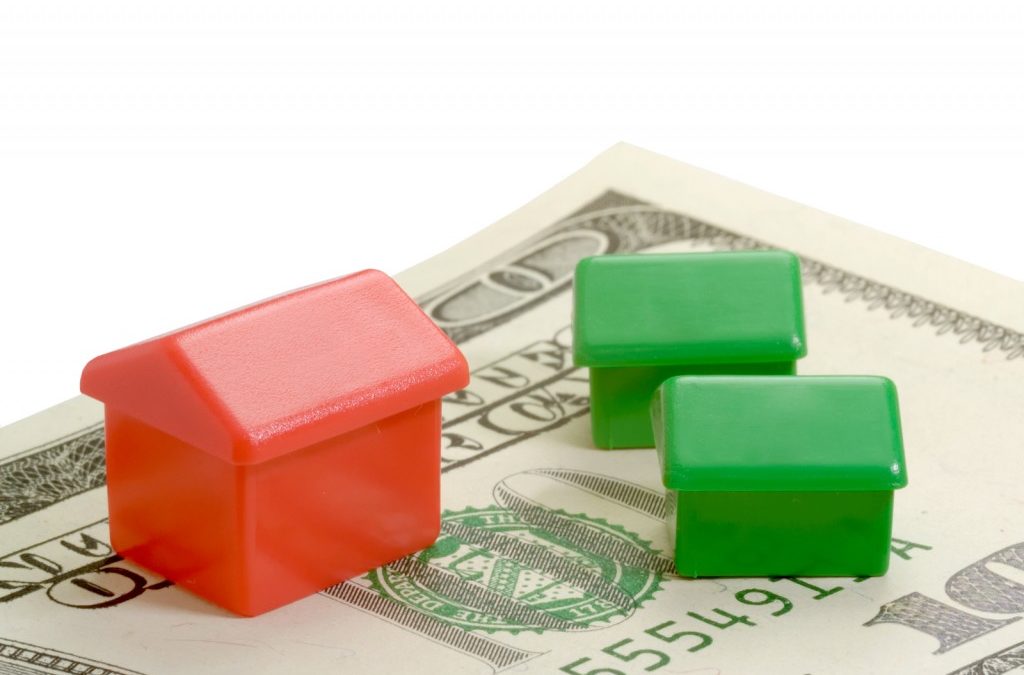
Sol Rosenbaum, Director
Green & Energy Services
(443) 320-0429
[email protected]
It is a fairly common situation; the landlord installs the equipment, but the tenant pays the bill. The disconnect leads to limited investment in green projects as the two sides are misaligned.
From the tenant standpoint, there are limited actions you can take to save energy. The HVAC system and thermostat are owned by the Property. As are the water heater and kitchen appliances. There is a very low chance that management will let you make envelope upgrades to the windows or insulation levels. Saving some water through aerators or a new shower head is often futile due to the billing and metering details and changing your toilet to a low flow unit is unlikely to be allowed.
At the end of the day, your tenant has two basic energy savings options; change your light bulbs to LED or use your appliances and HVAC less frequently. Replacing the lighting is viable and I highly recommend renters do just that. However, changing habits to use the dishwasher less or run the HVAC at a reduced setpoint are unlikely to be maintained over time and also may not really save much energy (handwashing often uses more energy).
On the opposing side, you have a landlord who that doesn’t really care how much energy is used since most properties have individual electric and gas meters for each apartment. If a tenant wants to run their AC at 64 °F the entire summer, then let them. After all, the tenant is the one getting the bill.
The primary concern for the landlord is that the equipment is functional and that broken equipment is fixed in a timely manner. Beyond that, there is little concern for the energy efficiency of the apartments. After all, a tenant will leave if the HVAC never works but is unlikely to leave if you refuse to upgrade their 10 EER system with a 14 EER system and add a new programmable thermostat.
Essentially, you are left with one side that cares about the energy usage, but with little to no control versus a side with all the control, but no interest in the energy usage.
So what is the solution?
In an effort to bridge this gap, both Fannie Mae and Freddie Mac have created a fairly simple program that centers on two basic steps. First, the landlord/borrower has an energy audit performed with the costs typically covered by the lender. Second, the borrower is required to implement some of the projects recommended in order to receive a percentage off of their loan rate by doing this.
Of course, there are small print details that come along with any program. Primarily, there is a minimum level of savings of either energy savings or water savings. Further, there are energy baseline and ongoing reporting requirements. However, the overall intent of the program, to bring the divergent sides together is undoubtedly met.
GRS Global is one of a handful of firms pre-approved by both Fannie Mae and Freddie Mac to perform these assessments. If you are refinancing or purchasing a multifamily property, please be in touch to determine if you qualify for their new energy savings programs.
About the Author
Sol Rosenbaum, PE, CEM, CPMP is the Director of Green & Energy Projects for GRS Group. He has over 15 years experience in the energy engineering field covering all aspects of their implementation. Please be in touch if you have any questions about this program or other related green projects. Sol can be reached at 646-828-9048.
About GRS Group
GRS Group is a leading provider of commercial real estate (“CRE”) services worldwide. With offices across the United States, Europe, and affiliates around the globe, GRS Group provides local market knowledge with a global perspective for institutional real estate investors, occupiers and lenders worldwide. The GRS Group team has evaluated and advised on over $1 trillion in CRE transactions.

